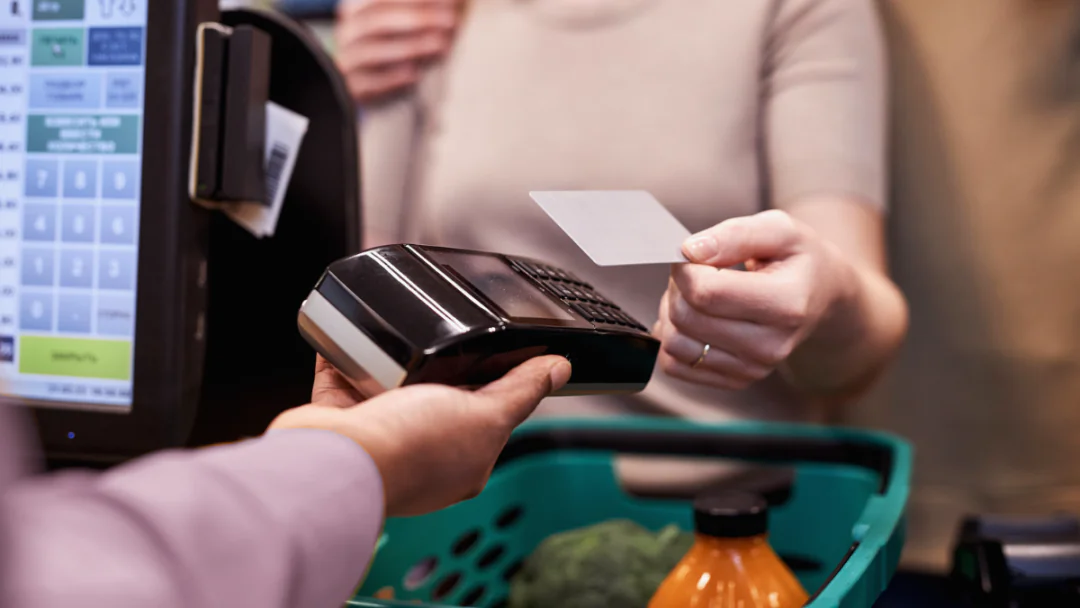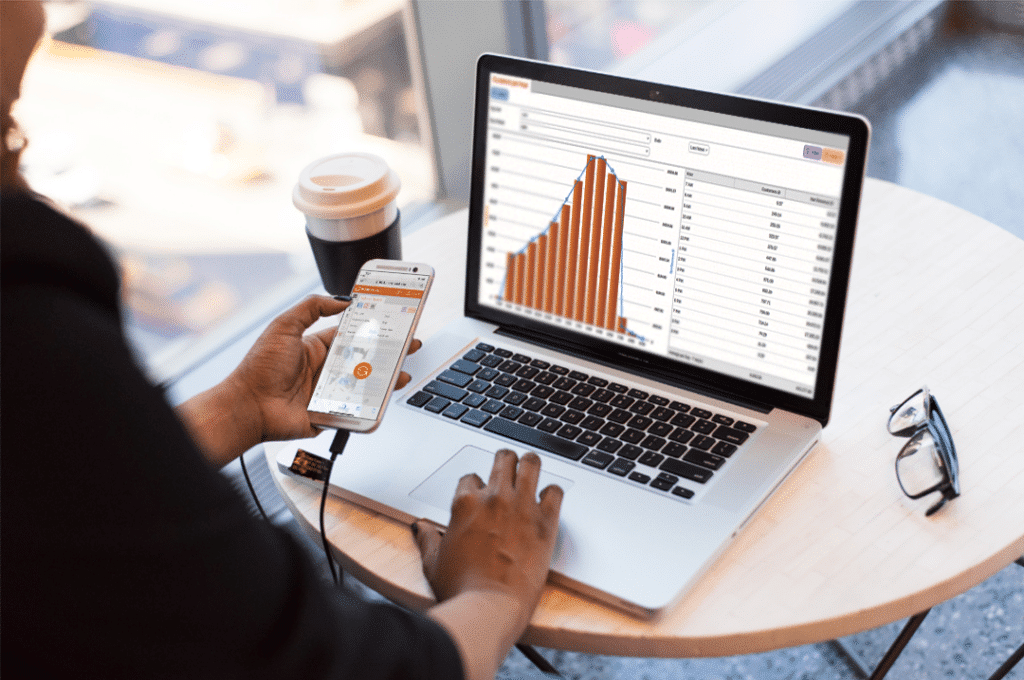How to Track Food Costs Using a POS System

Managing food costs is one of the most critical aspects of running a successful restaurant. High food costs can quickly eat into profits, making it essential to have a system in place to monitor and control expenses. A Point-of-Sale (POS) system is a powerful tool that helps restaurant owners track food costs accurately, identify areas of waste, and improve profitability. In this blog, we will explore how a POS system can help you efficiently track food costs and make data-driven decisions for your restaurant.
1. Real-Time Inventory Tracking
A POS system helps you track food costs by providing real-time inventory management. Every time an order is placed, the system automatically updates inventory levels, giving you an accurate picture of stock usage. This prevents over-purchasing and helps you maintain optimal stock levels without excessive waste.
2. Cost Analysis of Menu Items
One of the biggest benefits of using a POS system is its ability to calculate food costs for each menu item. By integrating your inventory with your POS system, you can track how much each ingredient costs and how it affects your overall pricing strategy. This enables you to make informed decisions on menu pricing to maintain profitability.
3. Automated Purchase and Supplier Management
A POS system can track supplier costs and compare different vendor pricing, helping you choose the most cost-effective options. Automated purchase orders ensure that you order ingredients only when necessary, reducing overstocking and spoilage. This also helps you negotiate better deals with suppliers based on historical data.
4. Waste and Shrinkage Monitoring
Food waste and shrinkage can significantly impact food costs. A POS system tracks how much food is wasted due to spoilage, incorrect orders, or portion inconsistencies. By analyzing this data, you can implement better portion control strategies and reduce unnecessary waste, ultimately lowering overall costs.
5. Sales and Profitability Reports
A POS system provides detailed reports on food sales, allowing you to assess which menu items are most and least profitable. You can use these insights to adjust portion sizes, modify ingredient usage, or even remove low-performing items from the menu. This data-driven approach ensures that you maximize revenue while controlling food costs.
6. Cost Percentage Tracking
To maintain a profitable restaurant, food cost percentages should generally stay between 28-35% of total sales. A POS system calculates this percentage automatically by comparing ingredient costs to menu pricing. By monitoring this key metric, you can make informed pricing and purchasing decisions to keep your restaurant financially healthy.
7. Menu Engineering for Cost Optimization
A POS system allows you to analyze the performance of different menu items and categorize them based on profitability and popularity. By identifying high-cost, low-margin items, you can adjust pricing or replace them with more cost-effective alternatives. Menu engineering helps maximize revenue while keeping food costs in check.
8. Integration with Accounting Software
Many modern POS systems integrate with accounting software, making it easier to track food costs in relation to overall restaurant expenses. This integration simplifies bookkeeping, ensures tax compliance, and allows for better financial planning.
9. Forecasting and Demand Planning
A POS system helps restaurants predict future demand by analyzing historical sales data. With this information, you can plan ingredient purchases more effectively, reducing waste and avoiding stock shortages. Forecasting also helps with menu planning, ensuring that you prepare dishes in alignment with customer preferences.
10. Enhancing Operational Efficiency
By automating food cost tracking, a POS system reduces manual errors and the time spent on inventory management. This allows restaurant staff to focus on providing excellent customer service rather than worrying about stock levels and pricing.
Final Thoughts
Tracking food costs effectively is essential for maintaining profitability in the restaurant industry. A POS system simplifies this process by providing real-time inventory tracking, menu cost analysis, waste monitoring, and detailed sales reports. By leveraging these tools, restaurant owners can optimize their operations, reduce waste, and make smarter financial decisions. Investing in a reliable POS system is one of the best ways to ensure long-term success and sustainability in the foodservice industry.






